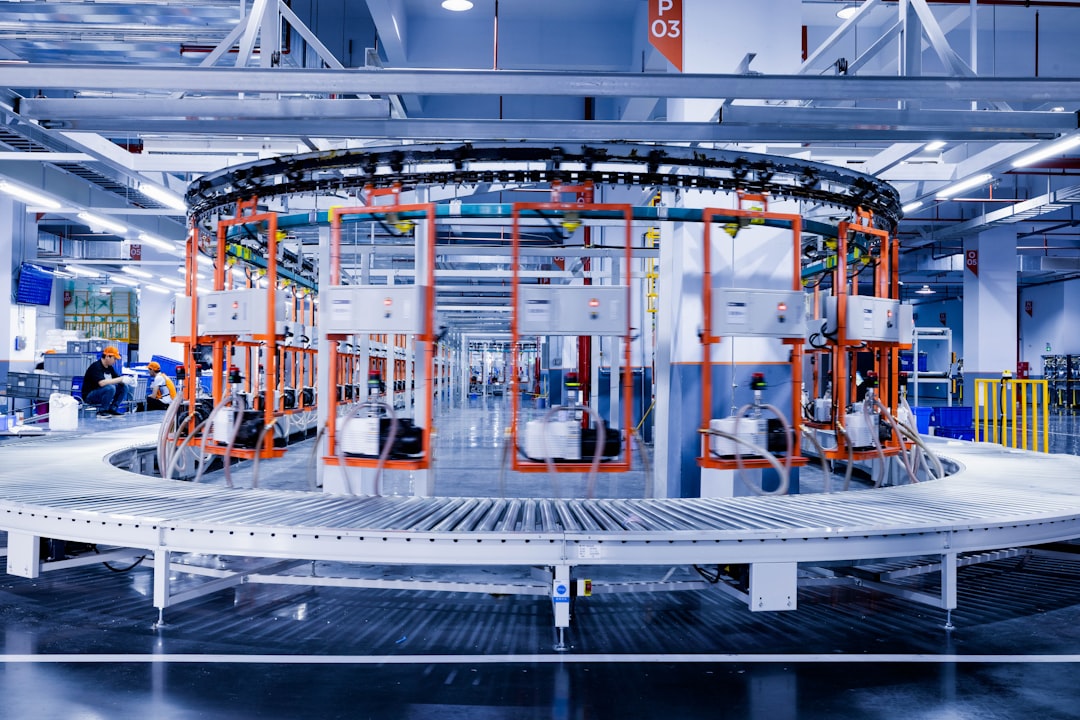The production of high-quality steel is a complex process demanding rigorous quality control at every stage. From the selection of raw materials to the final product inspection, meticulous attention to detail is crucial for ensuring the strength, durability, and reliability of the steel. This comprehensive guide delves into the various methods employed to maintain unwavering steel quality throughout the manufacturing process.
1. Raw Material Inspection: The Foundation of Steel Quality
The journey to superior steel begins with the careful selection and inspection of raw materials. This critical first step involves analyzing the chemical composition of iron ore, scrap metal, and other components. Spectrographic analysis, a highly accurate method, precisely determines the percentages of elements like carbon, manganese, silicon, phosphorus, and sulfur. These elements significantly influence the final properties of the steel. Variations outside pre-defined tolerances can lead to defects and compromise the integrity of the final product. Furthermore, physical inspection for contaminants, size consistency, and moisture content is also paramount. Any deviation from the established standards necessitates rejection or remediation before the steelmaking process commences.
2. In-Process Monitoring: Maintaining Control During Steelmaking
Maintaining consistent quality throughout the steelmaking process requires continuous monitoring and adjustment. Temperature control is crucial, as variations can affect the chemical reactions and the final microstructure of the steel. Sophisticated sensors and automated systems constantly monitor and regulate the temperature within the furnace. Similarly, the chemical composition is continuously checked using rapid analysis techniques, allowing for timely adjustments to maintain the desired specifications. This real-time feedback loop ensures consistent quality and minimizes the risk of defects. Furthermore, the process parameters, such as oxygen levels and stirring intensity, are also closely monitored and controlled to optimize the steelmaking process.
3. Non-Destructive Testing (NDT): Assessing Steel Integrity Without Damage
Non-destructive testing (NDT) methods are crucial for evaluating the integrity of the steel without causing damage. These techniques provide valuable insights into the internal structure and potential flaws within the steel. Common NDT methods include:
- Ultrasonic Testing (UT): Uses high-frequency sound waves to detect internal flaws such as cracks, voids, and inclusions.
- Radiographic Testing (RT): Employs X-rays or gamma rays to create images revealing internal defects.
- Magnetic Particle Testing (MT): Detects surface and near-surface cracks in ferromagnetic materials by magnetizing the steel and applying magnetic particles.
- Liquid Penetrant Testing (PT): Identifies surface-breaking flaws by applying a dye penetrant that seeps into cracks and is then revealed with a developer.
The choice of NDT method depends on the type of steel, the potential defects, and the required level of detail. NDT results provide crucial information for identifying potential issues and ensuring the safety and reliability of the final product.
4. Destructive Testing: Detailed Analysis for Performance Verification
While NDT provides valuable insights, destructive testing methods are essential for obtaining precise data on the mechanical properties of the steel. These tests involve sacrificing a sample of the steel to determine its strength, ductility, hardness, and other crucial characteristics. Common destructive testing methods include:
- Tensile Testing: Measures the steel’s tensile strength, yield strength, elongation, and reduction in area.
- Hardness Testing: Determines the resistance of the steel to indentation using methods like Rockwell, Brinell, or Vickers hardness testing.
- Impact Testing: Evaluates the steel’s ability to absorb energy upon impact, providing insights into its toughness and resistance to fracture.
- Charpy and Izod Tests: Specific impact tests that measure the energy absorbed by a notched specimen during impact.
Results from destructive testing are crucial for verifying that the steel meets the required specifications and for ensuring its suitability for the intended application.
5. Final Product Inspection and Certification: Guaranteeing Quality
The final stage of steel quality control involves a thorough inspection of the finished product. This includes visual inspection for surface defects, dimensional checks to ensure accuracy, and verification of the steel’s chemical composition and mechanical properties against the specified standards. Certification is a critical aspect of this final stage, providing assurance to customers that the steel meets the required quality standards. This certification process often involves third-party inspection and testing to maintain objectivity and credibility. The issuance of certificates of conformity is a testament to the adherence to stringent quality control protocols throughout the entire steel production process.
In conclusion, maintaining consistent steel quality requires a multifaceted approach that encompasses rigorous raw material inspection, continuous in-process monitoring, comprehensive non-destructive and destructive testing, and meticulous final product inspection. By implementing these quality control methods, steel producers ensure the production of high-quality steel that meets the demanding requirements of various industries, fostering trust and reliability in the steel market.
SEO Tags:
steel quality control, steel testing methods, metallurgical testing, quality assurance in steel, steel production process




